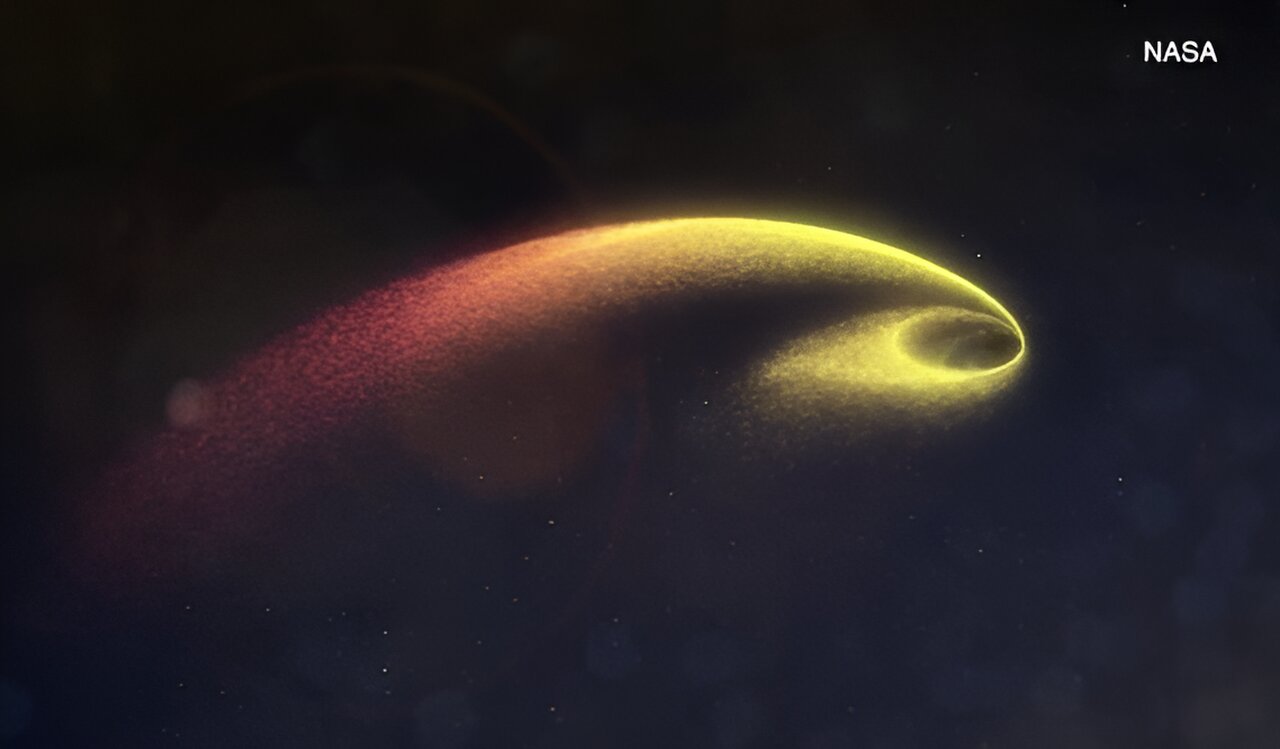Astronomers have recorded a Tidal Disruption Event again. Another star approached a black hole and was destroyed by its gravitational forces.

Unexpected flare
Astronomers from the University of Hawaii Institute of Astronomy have discovered the closest recorded case of a star tearing by a supermassive black hole. Using the All-Sky Automated Survey for Supernovae (ASAS-SN) system, on February 22, 2023, the team detected a sudden burst of brightness, followed by a rapid eclipse in the galaxy NGC 3799, located about 160 million light-years from Earth.
Further observations were carried out using the Asteroid Terrestrial Last Alert System (ATLAS) telescopes on Maunaloa and Haleakala, W.M. Keck Observatory on Mounakea, as well as other ground-based and space-based observatories. Hoogendam, the author of the study, working with graduate student Jason Hinkle and faculty advisor Ben Shappee, analyzed this data, and determined that the brightness spike was caused by a Tidal Disruption Event (TDE). TDEs happen when a star gets too close to a black hole and is torn apart by its strong gravitational force, and the black hole absorbs the mass of the star.
Although supermassive black holes destroying stars have been observed before, this is the first time we have seen them so close in visible light. This can give us a much better understanding of how these objects grow and collect material around them.
Rare phenomenon
The intense brightness caused by the mass of the star powering the black hole creates a flare of light that can be observed using all-sky observatories such as ASAS-SN. Although such phenomena have been detected far from Earth, it is rare to find them relatively close. ASASSN-23bd, as this event is called, is a Tidal Disruption Event, which makes it an excellent object for further study.
Astronomers have found that ASASSN-23bd differs from many other Tidal Disruption Events in a number of ways:
- it emitted much less energy than previous TDEs;
- it was the nearest tidal disturbance detected by visible light;
- its brightness change was about twice as fast as that of most TDEs;
- ASASSN-23bd belongs to a unique category of objects known as low luminosity and Fast TDEs.
According to phys.org
Follow us on Twitter to get the most interesting space news in time
https://twitter.comne/ust_magazine


